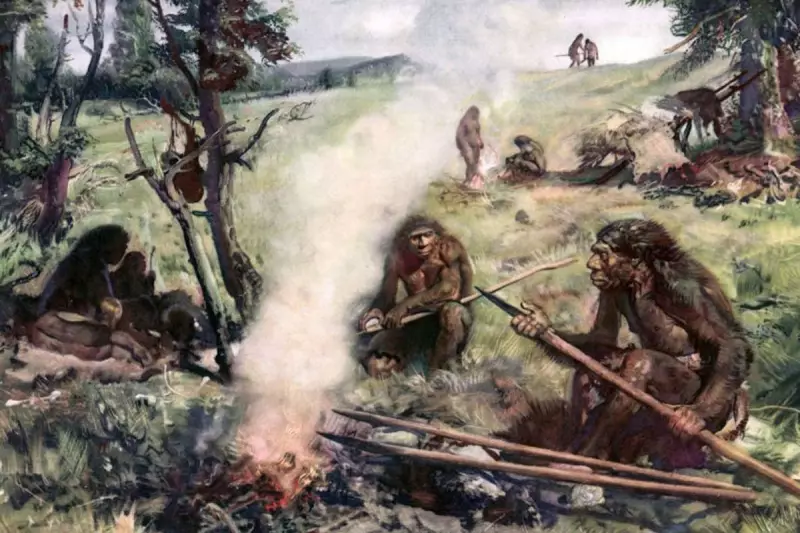
In a groundbreaking discovery that's sending shockwaves through the archaeological community, researchers have unearthed the remains of an exceptionally large Neanderthal individual dating back approximately 200,000 years. The colossal skeleton, discovered at the Sima de los Huesos site in northern Spain's Atapuerca mountains, represents one of the most significant Neanderthal finds in recent history.
A Colossus Among Early Humans
The newly analyzed bones belong to what scientists are calling a 'mega-Neanderthal' – an individual who would have towered over their contemporaries. This ancient hominin stood significantly larger than previously discovered Neanderthals from the same period, challenging long-held assumptions about the physical development of our extinct cousins.
Dr. Juan Luis Arsuaga, who leads the research team, expressed astonishment at the findings: "We're looking at an individual who would have been remarkably robust and tall compared to other Neanderthals from this era. This discovery forces us to reconsider the physical diversity and evolutionary path of these ancient humans."
Revolutionary Dating Techniques
What makes this discovery particularly remarkable is the advanced dating methods employed by the international research team. Using state-of-the-art radiometric techniques, scientists have confirmed the skeleton's age at around 200,000 years, placing it firmly in the Middle Pleistocene period.
The research, published in the prestigious journal Nature, reveals that these early Neanderthals were already developing distinct physical characteristics that would come to define their species. The massive bones show clear Neanderthal traits, yet their size suggests a level of physical variation previously undocumented.
Implications for Human Evolution
This extraordinary find provides crucial new evidence about how Neanderthals evolved and adapted to their environment. The skeleton's impressive stature suggests these early humans were physically capable of handling extreme environmental challenges and may have been more diverse in size than previously thought.
Archaeologists believe the Sima de los Huesos site – which translates as 'Pit of the Bones' – served as a prehistoric burial ground, making it one of the most important paleontological sites in the world for understanding human evolution.
The discovery raises fascinating questions about the daily lives, social structures, and physical capabilities of our ancient relatives. As research continues, scientists hope these giant bones will reveal even more secrets about the complex story of human evolution and our connection to these remarkable ancestors.





